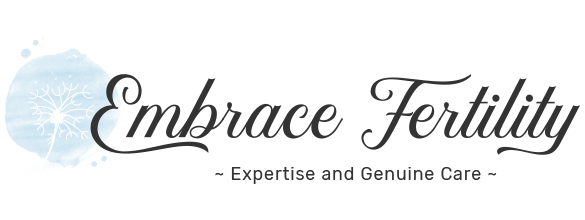Fertility issues affect around one in six Australian couples of reproductive ages.
From 2007, approximately 3.1 per cent of babies born in Australia and 1.8 per cent of babies born in New Zealand were and are the result of assisted reproductive technology (ART) treatment such as IVF.
Considering the frequency and urgency in fertility issues, we are seeing more and more research and exploration into causes, treatments, and technologies.
The concept of a one size fits all method doesn’t work, which is why continuous research is required, and although IVF can be effective for some couples, it doesn’t work for all couples.
There has been investigation into a range of differing treatments, with some stand out discoveries. ACCEPT (Australasian CREI Consensus Expert Panel on Trial Evidence) recently published a consensus statement on the use of oil based tubal flushing in infertility, an alternative to improving fertility.
After a trial period, it was found that this oil-soluble contrast media (OSCM) enhanced pregnancy rates when used during a hysterosalpingogram (an x-ray procedure referred to as HSG). An HSG is used to assess if the fallopian tubes are open and unobstructed by any cysts or growths.
When OSCM was used during an HSG, it demonstrated a significantly higher chance of ongoing pregnancy at six months compared with when a water-soluble substance (WSCM) was used. The study also found that OSCM was associated with higher live birth rates in women under 40 years of age experiencing unexplained infertility.
As a result of this research, the method of using OSCM has been adopted by some fertility doctors and imaging specialists in Australia and New Zealand for the diagnosis and management of infertility.
With anything, there are always risks involved. In this case, it’s recommended that counselling regarding the risk of adverse outcomes from an oil‐based contrast media procedure, (e.g. pain, bleeding, infection, short‐term thyroid dysfunction) should be undertaken before informed consent is obtained for a HSG using OSCM. Although the use of OSCM during a HSG is established, the ACCEPT group are aware that more research is needed regarding its safety for those with allergies, unknown health conditions, etc.
You can chat with the team at Embrace Fertility about these treatments and any others on your fertility journey.
The use of OSCM in fallopian tube tests is increasingly being used as a conservative and less ongoing invasive method to enhance pregnancy rates, without the use of IVF. With informed consent and consideration of the side effects and implications for future pregnancy, OSCM is likely to be another commonly used treatment modality for couples with unexplained infertility.
Make an appointment to chat with the Adelaide fertility doctors at Embrace Fertility today and discuss your treatment options.
Read the full paper on OSCM here.

